The iPhone SE (2020) Review: A Reinvigorated Classic
by Andrei Frumusanu on April 24, 2020 6:30 AM EST- Posted in
- Mobile
- Apple
- Smartphones
- iPhone SE
- Apple A13
- iPhone SE 2020
Camera - Quick Evaluation (Outdated, Archived Samples)
Update April 29th:
Apple has replaced my initial iPhone SE sample with a new one, and taken back the old with for internal analysis. The optics issues described here are not present on the second sample, pointing out that the first unit (on this page) possibly had a manufacturing defect.
The initial analysis and camera samples are archived here for transparency.
As noted in the intro, the camera of the new iPhone SE isn’t all that new. It’s essentially the same generation sensor as found on the iPhone 8. The reason for this likely is due to the fact that Apple was limited by the physical form-factor of the phone, particularly the z-height of the camera module, unable to include any of the newer and bigger generation modules.
What’s also lacking from the iPhone SE are some of the machine-learning features such as night mode and Deep Fusion. I think that’s partly due to the fact that those modes rely on stacking multiple images captures together, and my hypothesis is that Apple was making use of the newer generation’s sensor dedicated DRAM chips to capture very quick consecutive exposures. As these older sensors lack dedicated DRAM, it wouldn’t be possible to capture quick consecutive exposures like that, and the phone wouldn’t be able to guarantee the same level of quality.
Whilst the hardware limits some of the capabilities of the camera, the new A13’s ISP does make up in other areas when it comes to image processing. Here we’re expecting to see some of the same advancements that were also been able to see in the last few generations of iPhones.
For the camera comparison today, due to the time rush and for simplicity’s sake (it’s a single-camera phone after all!), we’re limiting ourselves to the comparison of the iPhone SE vs the iPhone 8 vs the iPhone 11, with the Galaxy S20+ (Exynos) thrown in.
In the first scene, what’s immediately evident is that the exposure and composition of the scene is very different to that of the iPhone 8, more closely resembling that of the iPhone 11. Where this is most visible is on the façade of the white house, whose texture is able to retained a lot more on the newer SE. The SE retains the warm colour temperature that was predominant in past iPhones – I think the iPhone 11 here is a lot more realistic and accurate.
Looking at details of the street and vegetation, there’s quite the odd behaviour going on. The iPhone SE just looks outright blurrier than the iPhone 8 and isn’t able to retain the same level of sharpness in a lot of the scene.
This forest scene is always extremely harsh on cameras due to the sheer amount of detail and high-contrast elements in it. Immediately visible again is that the iPhone SE has a bright exposure and more detail in the shadows than the iPhone 8, showcasing a stronger dynamic range or HDR implementation that’s more similar to the iPhone 11. The colour temperature here is also again a tad warmer on the SE compared to the newer phone.
When it comes to detail, the iPhone SE here isn’t faring well at all as it’s evidently much worse than the iPhone 8. There’s a high amount of blur in the foliage. If you look at the high contrast tree branches near the sky you also see quite a bit of chromatic aberrations. This is a quite worrying tell-tale sign of weak optics of a camera, something is either wrong with the lenses or the phone isn’t correctly focusing.
Here again the iPhone SE shows its much better HDR implementation as it has more levelled highlights as well as slightly more pronounced shadow detail.
The detail loss here is again present, most notably seen in the street and foreground grass. To me it seems the differences are a lot smaller in the centre of the image, which again might point out that this is an optics issue and not a software processing issue.
Here’s a showcase of again the much better HDR implementation of the iPhone SE, matching the composition of that of the iPhone 11 (with again, warmer colours).
Detail-wise it’s again as if the SE is focusing much closer than it should be, with off-centre detail being blurrier.
Also, what’s to be noted is that the iPhone SE camera has the same focal length as that of the iPhone 8 at an equivalent 28mm, versus the iPhone 11’s 26mm. This might not seem like much, but it makes up for quite the difference in the field-of-view of the cameras.
Here I think it’s more evident that the iPhone SE focused closer to the camera than the iPhone 8 when pointing and shooting. Maybe the focus calibration is off?
In the last scene again the first thing that pops out is the fact that the iPhone SE’s HDR is much superior to that of the iPhone 8, the overall composition is again almost identical to that of the iPhone 11.
Detail-wise, the iPhone SE again suffers badly in this shot. The whole bottom-left quarter of the image just looks blurry and notably worse than the iPhone 8, and a far cry from what the iPhone 11 is achieving.
Overall Initial Daylight Impressions
Overall, I was somewhat disappointed with the camera results of the iPhone SE. Whilst Apple here has indeed ported over the better HDR implementations of the newer generation iPhones, there’s still some leftover characteristics from the older phones. The iPhone SE’s color temperature is warmer and more typical of past iPhones, as Apple only more recently had changed this aspect of their cameras.
What’s worrying is the fact that the iPhone SE in the vast majority of scenarios actually fares quite worse in detail than the iPhone 8. To me, this either looks like a focus or optics issue, as the pictures have tell-tale signs of something being wrong in that regard.
We’ve reached out to Apple with our results and are awaiting a response on the matter. The shots were captured on iOS 13.4- I’ve also quickly tested it on today’s 13.4.1 update and the blurriness persists.
Update: Apple is sending a replacement unit, in case my unit has abnormal defects.
Update April 28th: Apple has replaced my initial iPhone SE sample with a new one, and taken back the old with for internal analysis. I've quickly gathered some new camera samples, and the optics issues described here are not present on the second sample, pointing out that the first unit possibly had a manufacturing defect. We'll be updating the camera samples in this article shortly.
Low-Light Impressions
I’ve didn’t have time for a more extensive outdoors low-light testing, but in my limited indoor testing I noted that the new iPhone SE’s low-light capabilities are massively superior to that of the iPhone 8. While the resulting pictures are quite noisy, they still retail a lot of detail of the scene whereas the iPhone 8 remains a blur. It’s a respectable result for the phone given its hardware and software limitations.


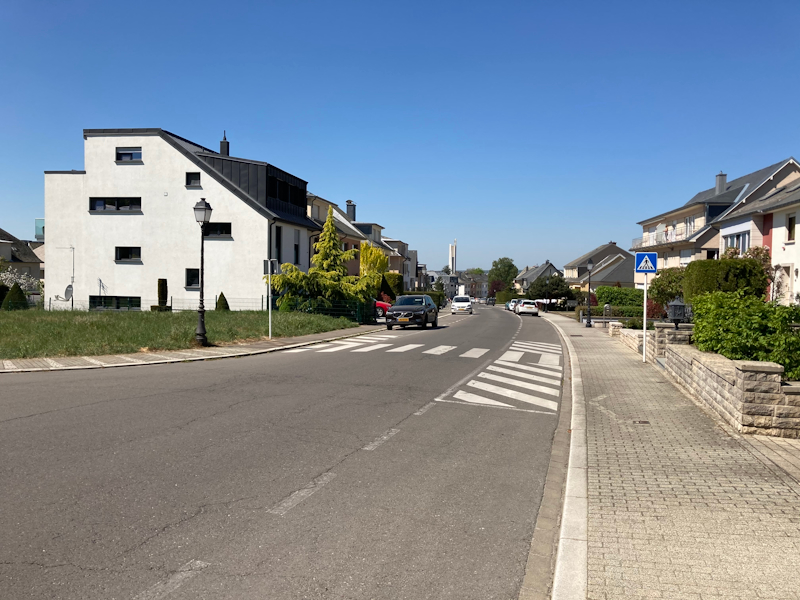
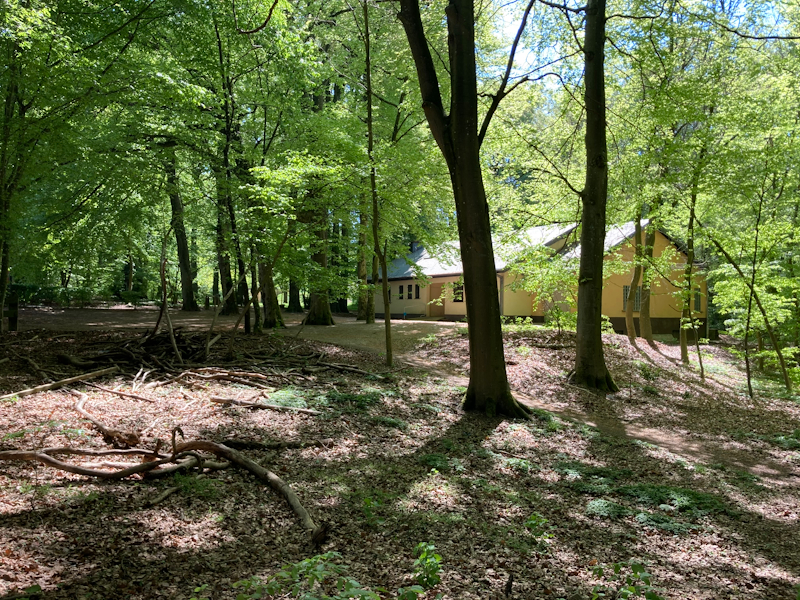
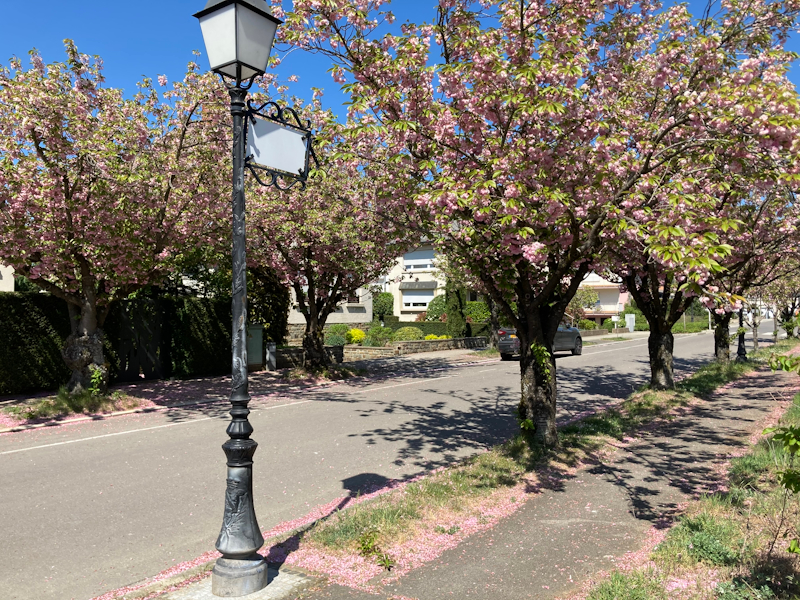
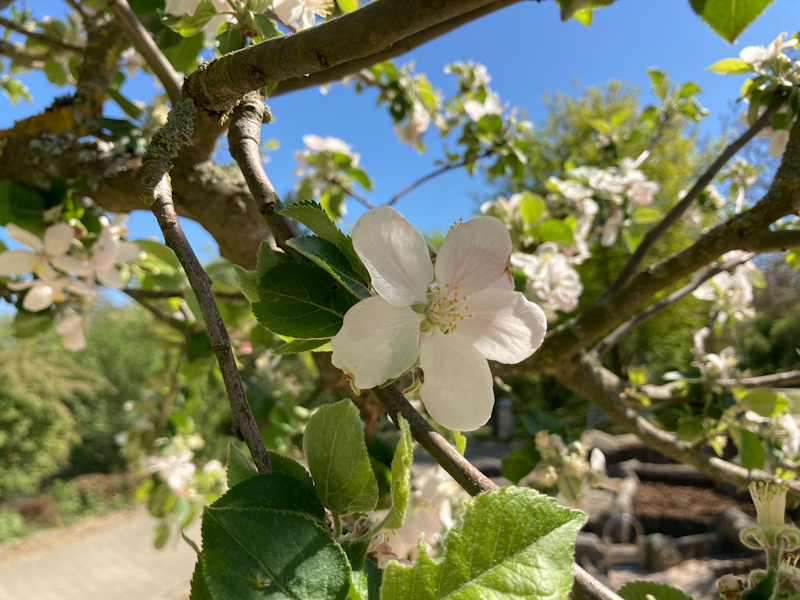
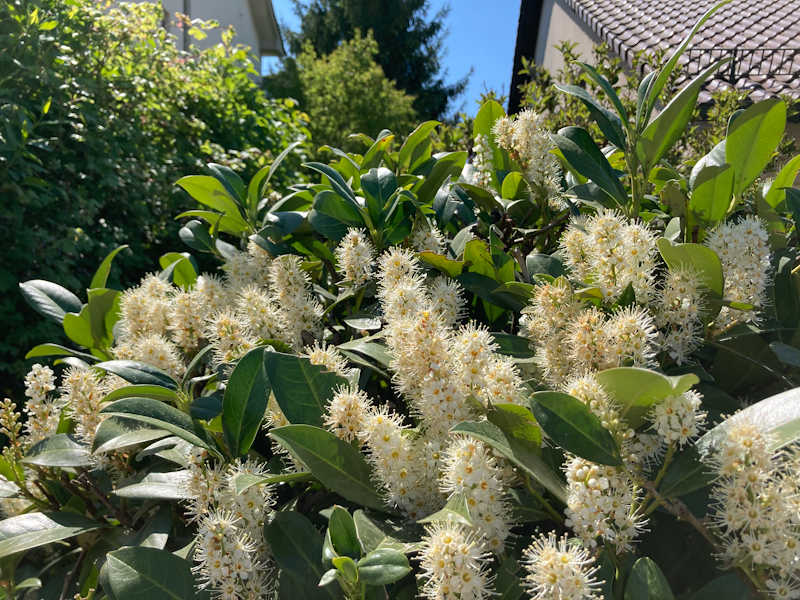
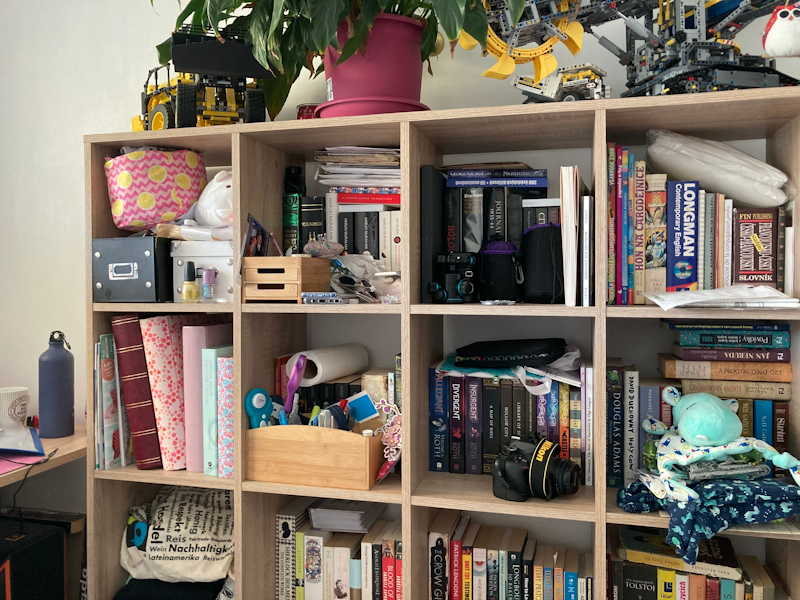
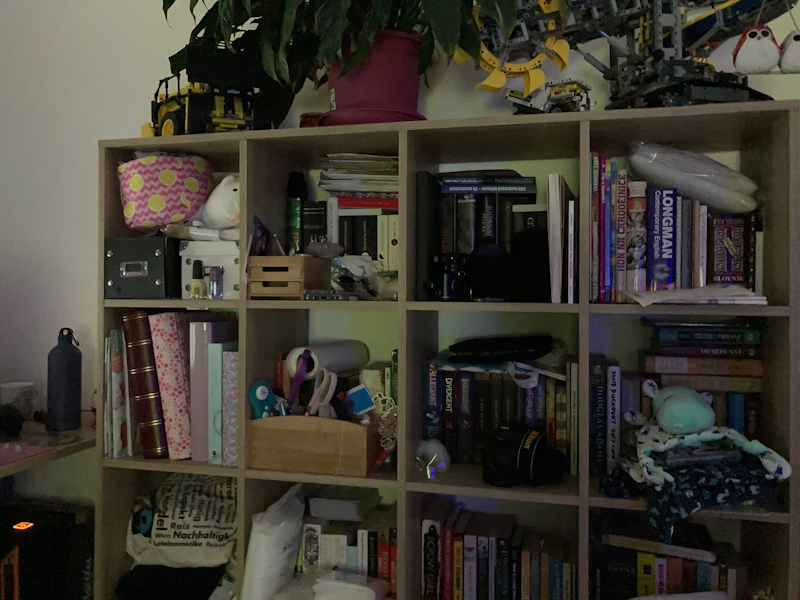









196 Comments
View All Comments
euskalzabe - Friday, April 24, 2020 - link
Exactly. And not just those who are not geeks/nerds. I'm tired of being one, tired of fighting Android, tired of inconsistency, tired of having to resort to flashing devices because they're not supported. 5 years on Android, and this SE is now the perfect moment to finally buy a good device that's reasonably priced and that I don't have to mess with for the next 4-5 years. Just for that, take my $399.trparky - Friday, April 24, 2020 - link
> tired of fighting Android, tired of inconsistency, tired of having to resort to flashing devices because they're not supportedThat was me back when I switched back to the iPhone all the way back when the iPhone 6 Plus was new. Mind you, Android was even worse back then but seeing as how you're saying what you're saying now tells me that Android is still a mess.
We would never support this kind of bulls**t from Microsoft yet here we are accepting it on phones which usually end up being more expensive than a notebook PC. I see something wrong with this picture.
euskalzabe - Saturday, April 25, 2020 - link
You nailed it. It's been 13 years and they still have not figured out how to update us properly. Project treble was supposed to be the great savior that at least would allow OEMs to give us more updates or allow users to install generic Android images on a new phone. The reality is that only a few of the funds released will allow you to do that, and there has been little to no improvement on the amount of updates users get (certainly not the amount of improvement you would expect for a company that has supposedly made OS upgrades such a priority for the past 3 years). I can tell you that my Moto Z2 play had an Android 9 update readied my Motorola and then they proceeded to not seed it to us users for the next 4 months. Fed up, I decided to force the update manually, for which I had to unlock the bootloader (which is allowed by both Google and Motorola) and somehow the OS lost trust on my device when I did that and so I lost the ability to do NFC payments. Are you kidding me? This is a circus. I refuse to be Google's beta tester anymore. I'm done.Deicidium369 - Sunday, April 26, 2020 - link
Stop buying crappy 3rd world phone, and get a modern Android device.Retycint - Friday, April 24, 2020 - link
The average person also most likely won't care about software updates, or will actively avoid updates because "why fix something when it isn't broken". Seriously, this 5 year software update thing had to be one of the biggest circlejerks in the tech community. Both mobile OSes are extremely polished and feature rich at this point, and it literally makes no difference whatsoever whether you're using the latest OS or an OS from 1/2 years ago.Security updates also makes no difference whatsoever because your average person is never going to have data important enough for people to ever bother attempting these exploits, most of which require physical access to the device.
Don't get me wrong, I'm not saying that software updates are bad; 5 years support is always better than 2 years. I'm just saying that it does not matter for the average person at all, because they will probably never make use of any of the new features. And this is reflected in the continued success of Android flagships (anywhere that is not the US, at least)
Oxford Guy - Saturday, April 25, 2020 - link
"Security updates also makes no difference whatsoever because your average person is never going to have data important enough for people to ever bother attempting these exploits, most of which require physical access to the device."Not everyone is "the average person".
Retycint - Saturday, April 25, 2020 - link
We are talking about the average person, are we not? Stop trying to shift the goalposts.Deicidium369 - Sunday, April 26, 2020 - link
Yeah, the not everyone is "the average person" is kinda implied.....cha0z_ - Thursday, August 6, 2020 - link
I would argue that even the average user nowdays is actively interested in operating system updates and security + got a tech heavy friend who can ask on the topic for more details + media/youtubers are bringing awareness. So you are wrong.Also no important data? hahahahah today people keep ALL THEIR LIVES on their phones + on top of that credit cards/payments/bank accounts and whatnot! You have no idea what damage someone can do to you if he got access to those things! No matter if interested person who knowns you or total stranger over the internet with criminal intentions!
Also you are wrong that the operating systems are not evolving rofl, I can list a lot with both android and ios! And iphones are receiving atleast 6 years of full support, my secondary 6s from 2015 is on ios 14 beta - smooth as silk and fast too + all the features coming with ios 14 are on my phone! Will be supported fully to atleast September 2021 when ios 15 is releasing and that's 6 years! Security updates you say? Apple support with security updates iphones as old as the 4s from 2011!
Now check the pricing of top android phones and iphones, different picture vs what it was 5 years ago, right?! If they want to copy apple price wise and even surpass them (and that is what happens the last 2 years) - they better also copy what apple does right!
shabby - Friday, April 24, 2020 - link
The amount of people who load aosp on their phones is about as much as the amount of people who rebuild an engine in their garage or build a house from scratch by themselves, meaning basically 0.Go tell your parents to install lineageOS on their phone...